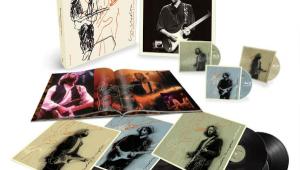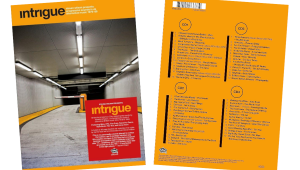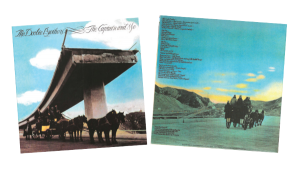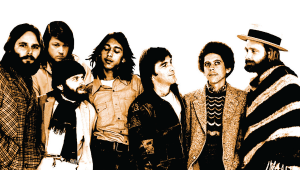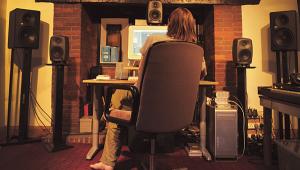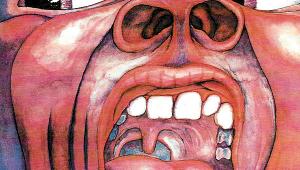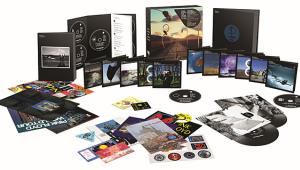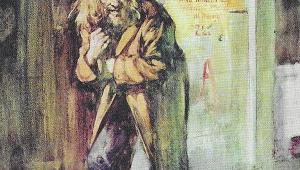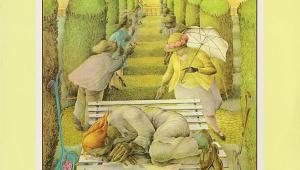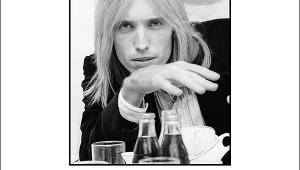Rave On, Raveonettes Page 2
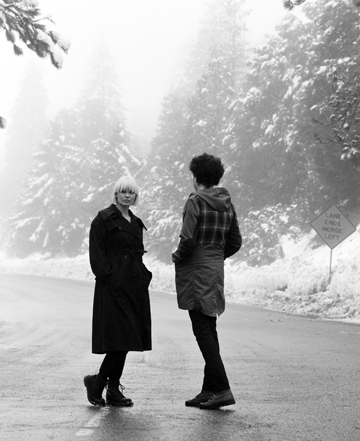
Having a home studio has really changed recording for so many artists. Not to mention the mentality of it. You're not watching the clock and the dollars and cents the same way. You go in when you're comfortable, and can stay there as long as you want.
It's definitely a very liberating way of working. You can even take a day off and not have to pay for it.
We mostly go in, start an idea, and build on it from there until it becomes a finished song. We don't do demos because the sound is very important to the songwriting, and it inspires a lot of the songwriting. You have a specific guitar tone or drum sound, and then you create a certain drum beat out of that because it will fit the sound of the drums. And obviously, we use a lot of different types of reverbs, both as plug-ins and hardware. That's how I like to work.
You usually work with a snare and kick-drum combo, and keep it sounding relatively clean.
We've always used simple drums like that for our music because we think that works best. We definitely spend a lot of time getting the right kick and snare sounds, the right little things here and there. There's a lot of processing going on, like electronic sounds mixed with old jazz-record sounds - a lot of Gene Krupa and Buddy Rich. So you mix those types of sounds up with a Roland TR808 snare or a 909 snare, and that adds a distinct element to it.
Is there a specific sense of space you're going for in terms of instrumental placement?
No, because... [pauses] We're a strange band. We don't use any amps at all. No bass amps, no guitar amps. We only use a live drum kit. For example, that's what we used on a new song called "Forget That You're Young." We recorded it with just one mike, which I think was a Sennheiser MD 421. I ran it through an old Furman RV-1 spring reverb and it made an interesting sound to me, so we decided to keep it. Then I went into Logic [i.e., Apple's Logic Studio], and built a beat in there.

